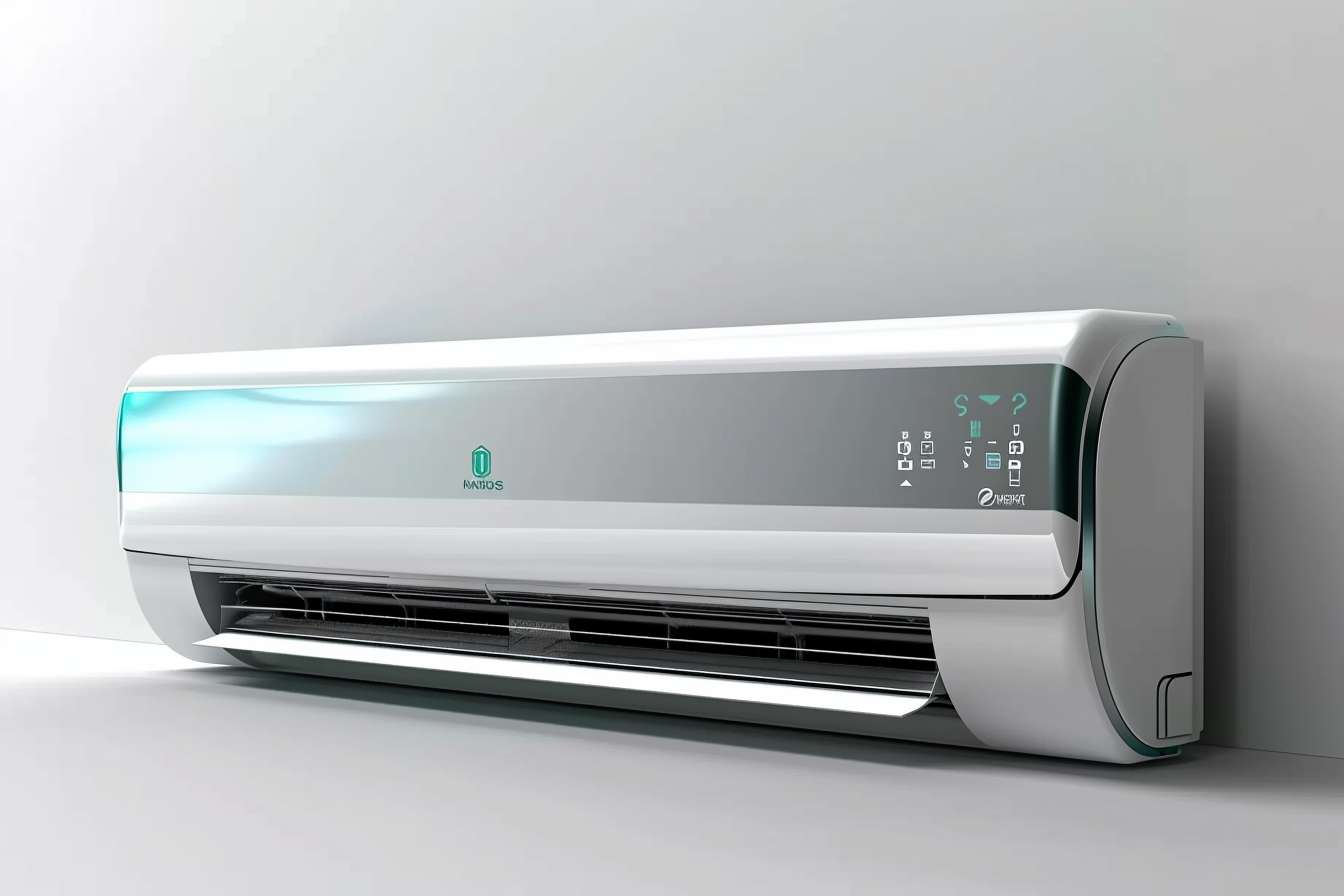Ductless Air Conditioning: Complete Guide for Australian Homes
Ductless air conditioning systems offer flexible, energy-efficient cooling solutions for Australian homes without existing ductwork. These mini-split systems provide individual room control, reduced energy costs, and easier installation compared to traditional central air systems. Understanding the different types, efficiency ratings, and installation requirements helps homeowners make informed decisions for year-round comfort.

Ductless Air Conditioning: Complete Guide for Australian Homes
Ductless air conditioning has revolutionised home cooling across Australia, providing homeowners with efficient alternatives to traditional ducted systems. These innovative systems eliminate the need for extensive ductwork while delivering precise temperature control to individual rooms or zones.
The Smart Way to Choose a Mini-Split Air Conditioner
Selecting the right mini-split system requires careful consideration of your home’s specific needs. Room size, insulation quality, ceiling height, and sun exposure all influence the required cooling capacity. Most residential units range from 2.5kW to 7kW, with larger spaces requiring multiple indoor units or higher-capacity systems.
Energy efficiency ratings play a crucial role in long-term operating costs. Look for systems with high Energy Star ratings and seasonal energy efficiency ratios (SEER) above 16. Variable-speed compressors offer superior efficiency compared to single-speed models, adjusting output to match cooling demands rather than cycling on and off.
Discover Which Mini-Split System Fits Your Australian Home Best
Australian homes present unique challenges for cooling systems, from extreme summer temperatures to varying humidity levels across regions. Single-zone systems work well for individual rooms or small apartments, while multi-zone systems accommodate larger homes with multiple rooms requiring independent temperature control.
Wall-mounted units represent the most common installation type, offering efficient air distribution and easy maintenance access. Ceiling-mounted and floor-standing options provide alternatives for homes with limited wall space or specific aesthetic requirements. Consider noise levels, particularly for bedroom installations, with quality units operating below 40 decibels.
How to Pick an Energy-Efficient Air Conditioner This Year
Modern ductless systems incorporate advanced technologies that significantly reduce energy consumption. Inverter technology allows compressors to operate at variable speeds, maintaining consistent temperatures while using less electricity. Smart thermostats and WiFi connectivity enable remote control and programming, optimising energy use based on occupancy patterns.
Heat pump functionality provides year-round comfort, offering efficient heating during cooler months. This dual capability eliminates the need for separate heating systems in many Australian climates, particularly in temperate regions where winter temperatures rarely drop below freezing.
What Australians Should Know About Ductless AC Options
Installation requirements vary significantly between ductless and traditional systems. Professional installation ensures proper refrigerant line sizing, electrical connections, and drainage systems. Most installations require minimal structural modifications, with small holes for refrigerant lines and electrical connections being the primary requirements.
Maintenance needs remain relatively simple, involving regular filter cleaning and annual professional servicing. Outdoor units require adequate clearance for airflow and protection from debris. Indoor units benefit from monthly filter cleaning and periodic coil maintenance to maintain optimal performance.
The Complete Guide to Quiet and Efficient Cooling for Every Room
Noise considerations become particularly important in bedrooms and study areas. Premium units incorporate sound-dampening technologies and variable fan speeds to minimise operational noise. Proper installation techniques, including vibration isolation and secure mounting, further reduce noise transmission.
Zoning capabilities allow different temperature settings throughout the home, accommodating varying preferences and usage patterns. This flexibility proves especially valuable in Australian homes where sun exposure and room usage create different cooling requirements throughout the day.
| System Type | Provider | Capacity Range | Cost Estimation |
|---|---|---|---|
| Single Zone Wall Mount | Daikin Australia | 2.5kW - 7kW | $1,200 - $3,500 |
| Multi-Zone System | Mitsubishi Electric | 5kW - 14kW | $3,000 - $8,000 |
| Ducted Mini-Split | Fujitsu General | 7kW - 15kW | $4,500 - $12,000 |
| Commercial Grade | LG Electronics | 10kW - 20kW | $6,000 - $15,000 |
Prices, rates, or cost estimates mentioned in this article are based on the latest available information but may change over time. Independent research is advised before making financial decisions.
Installation and Long-Term Considerations
Professional installation ensures optimal performance and warranty compliance. Licensed technicians handle refrigerant connections, electrical work, and system commissioning according to Australian standards. Installation costs typically range from $500 to $1,500 depending on system complexity and site requirements.
Long-term reliability depends on quality components and proper maintenance. Established brands offer comprehensive warranties, typically covering parts for 5-7 years and compressors for up to 12 years. Regular maintenance extends system life and maintains efficiency ratings throughout the unit’s operational period.
Ductless air conditioning systems provide Australian homeowners with efficient, flexible cooling solutions that adapt to diverse climate conditions and home configurations. Understanding system types, efficiency ratings, and installation requirements enables informed decisions that deliver long-term comfort and energy savings.




